What is POSIX? What's included? The following article will take you to understand the POSIX standard of Node.js api and the characteristics of Node.js api. I hope it will be helpful to you!

[Recommended study: "nodejs Tutorial"]
If you have used the API of Node.js, will you feel Strange, why the name of the api is like this:
For example, create a directory:
const fs = require('fs');
fs.mkdir('/a/b/c', { recursive: true }, (err) => {
if (err) throw err;
});Create a process:
const childProcess = require('child_process'); childProcess.fork('a/b/c.js'); childProcess.execFile('a/b/dddd'); childProcess.exec('"/path/to/test file/test.sh" arg1 arg2'); childProcess.spawn('ls', ['-lh', '/usr']);
mkdir, fork, exec, spawn, etc., what are these names? Did you get up?
If you have used the linux command or the c function library, you will find that these apis also have this name in the command and c function library.
Why is this so? Are these APIs standard?
Yes, this is the POSIX standard
What is POSIX
POSIX is the abbreviation of portable operating system interface (portable operating system interface) , x means unix, that is, it is inherited from unix.
Because if the functions and system calls provided by different operating systems are different, then the source code of the upper-layer application based on the operating system will be different. This results in the code written on one platform not being able to be used on another platform. Compile on.
How to do it?
What if the APIs provided by each operating system are the same? No matter how the underlying operating system implements these capabilities, it only needs to expose the same API to the application. In this way, the source code is cross-platform and can be run after compilation on different operating systems.
The standard for the APIs exposed by this unified operating system is POSIX.
This POSIX standard can be understood as an interface defined in ts. As long as the API of this interface is implemented, it is compatible with the POSIX standard.
POSIX was originally an extension of Unix. Linux implemented the POSIX standard. Later, Windows was forced to be compatible with the POSIX standard due to pressure. Otherwise, many Linux applications would not be able to run on Windows. . The same goes for our commonly used osx.
So, POSIX is some standard interfaces for the operating system to provide capabilities to upper-level applications, including system calls, c function libraries, and shell commands.
The so-called standards refer to those recognized by the ISO International Organization for Standardization. This is an international organization with members in various countries and is an organization that formulates various international standards. POSIX is the ISO/IEC 9945 standard (IEC is the standardization organization for electronics). In fact, POSIX was proposed by IEEE, which is an American standardization organization. The standards it proposed are recognized by ISO and will become international standards. For example, POSIX is the IEEE Std 1003 standard they proposed, which is now recognized by ISO and has become ISO/IEC 9945. standard.
What is included in POSIX
Let’s take a look at what system calls are provided by Linux that supports POSIX (system calls refer to those provided in the kernel code Program):
Process control:
- fork creates a new process
- execv runs the executable file
- exit terminates the process
File reading and writing
- open open the file
- close close the file descriptor
- write write the file
- read read the file
- truncate truncate the file
- fsync writes the part of the file in memory to disk
File system related
- access determines whether the file is available Access
- chdir Change the current working directory
- chown Change the file owner or user group
- stat Get file status information
- mkdir Create directory
- symlink Create symbolic link
- unlink Delete link
etc
Many of these system calls have APIs with the same name in Node.js, and the shell also has the same name Command:
For example:
fs.stats fs.access fs.chown fs.mkdir fs.open fs.close fs.read fs.write child_process.fork child_process.exec child_process.execFile
etc.
Features of Node.js api
Node.js is a js At runtime, many apis that provide operating system capabilities are injected into js based on v8, and many of these api designs directly use POSIX standard api names without much abstraction.
Java's JRE (java runtime) also provides an abstraction of operating system capabilities, but those APIs have little to do with the operating system POSIX APIs, and incorporate many design patterns, such as io stream decoration device mode.
The Node.js API is characterized by not many abstractions, and many API names are very similar to Linux commands, close to POSIX standards. Therefore, when learning Node.js, you still need to learn linux commands. The two have a certain relationship in design.
Summary
The POSIX standard is a standard for operating system capabilities. It defines what APIs the operating system should expose to applications, including shell commands, c function libraries, and system calls. etc. standards. The POSIX standard makes applications portable across platforms at the source code level, just by compiling them on different platforms.
POSIX is an international standard recognized by ISO. It was first proposed by IEEE, a standards association in the United States. ISO is an organization that specializes in customizing international standards, with members from many countries participating.
The API of Node.js does not do a lot of abstraction, and most of its names are more similar to the POSIX standard API. This is its characteristic. In contrast, the API exposed by JRE to Java does. A lot of abstraction.
Because many of the APIs of Node.js are close to the C function library and shell commands, learning Node.js combined with learning the shell commands, or those who know C can learn more about the system function library. reward.
Understanding POSIX is the prerequisite for understanding Node.js api design and learning Node.js well.
For more programming related knowledge, please visit: Programming Video! !
The above is the detailed content of A brief analysis of the POSIX standard of Node.js api. For more information, please follow other related articles on the PHP Chinese website!
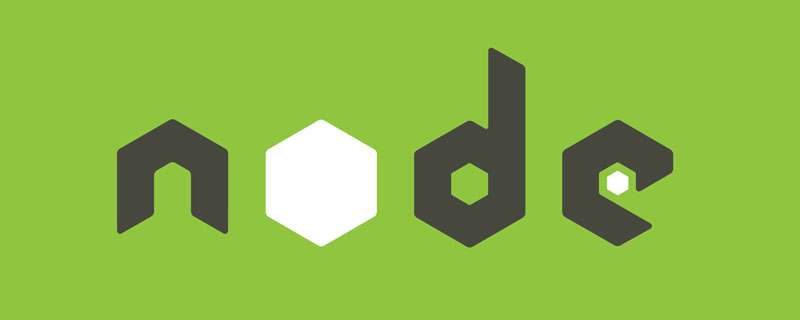 Vercel是什么?怎么部署Node服务?May 07, 2022 pm 09:34 PM
Vercel是什么?怎么部署Node服务?May 07, 2022 pm 09:34 PMVercel是什么?本篇文章带大家了解一下Vercel,并介绍一下在Vercel中部署 Node 服务的方法,希望对大家有所帮助!
 node.js gm是什么Jul 12, 2022 pm 06:28 PM
node.js gm是什么Jul 12, 2022 pm 06:28 PMgm是基于node.js的图片处理插件,它封装了图片处理工具GraphicsMagick(GM)和ImageMagick(IM),可使用spawn的方式调用。gm插件不是node默认安装的,需执行“npm install gm -S”进行安装才可使用。
 一文解析package.json和package-lock.jsonSep 01, 2022 pm 08:02 PM
一文解析package.json和package-lock.jsonSep 01, 2022 pm 08:02 PM本篇文章带大家详解package.json和package-lock.json文件,希望对大家有所帮助!
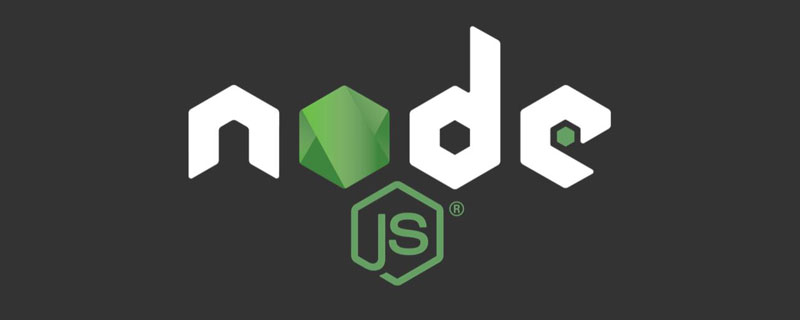 怎么使用pkg将Node.js项目打包为可执行文件?Jul 26, 2022 pm 07:33 PM
怎么使用pkg将Node.js项目打包为可执行文件?Jul 26, 2022 pm 07:33 PM如何用pkg打包nodejs可执行文件?下面本篇文章给大家介绍一下使用pkg将Node.js项目打包为可执行文件的方法,希望对大家有所帮助!
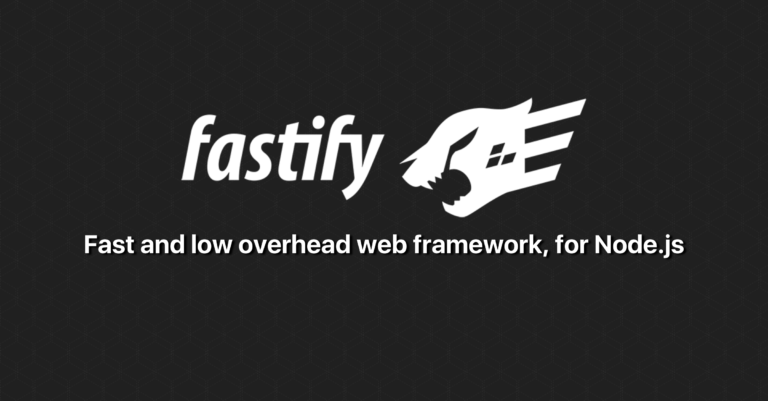 分享一个Nodejs web框架:FastifyAug 04, 2022 pm 09:23 PM
分享一个Nodejs web框架:FastifyAug 04, 2022 pm 09:23 PM本篇文章给大家分享一个Nodejs web框架:Fastify,简单介绍一下Fastify支持的特性、Fastify支持的插件以及Fastify的使用方法,希望对大家有所帮助!
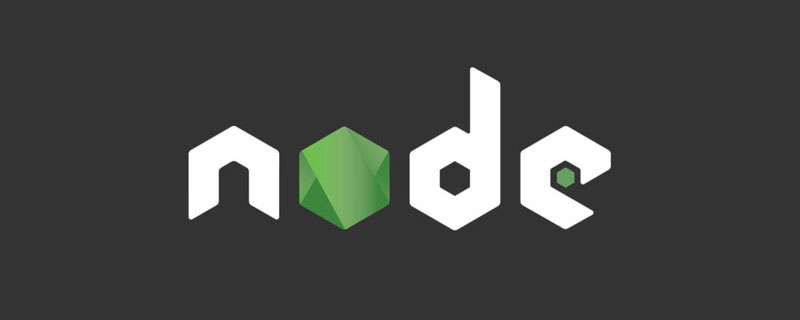 node爬取数据实例:聊聊怎么抓取小说章节May 02, 2022 am 10:00 AM
node爬取数据实例:聊聊怎么抓取小说章节May 02, 2022 am 10:00 AMnode怎么爬取数据?下面本篇文章给大家分享一个node爬虫实例,聊聊利用node抓取小说章节的方法,希望对大家有所帮助!
 手把手带你使用Node.js和adb开发一个手机备份小工具Apr 14, 2022 pm 09:06 PM
手把手带你使用Node.js和adb开发一个手机备份小工具Apr 14, 2022 pm 09:06 PM本篇文章给大家分享一个Node实战,介绍一下使用Node.js和adb怎么开发一个手机备份小工具,希望对大家有所帮助!
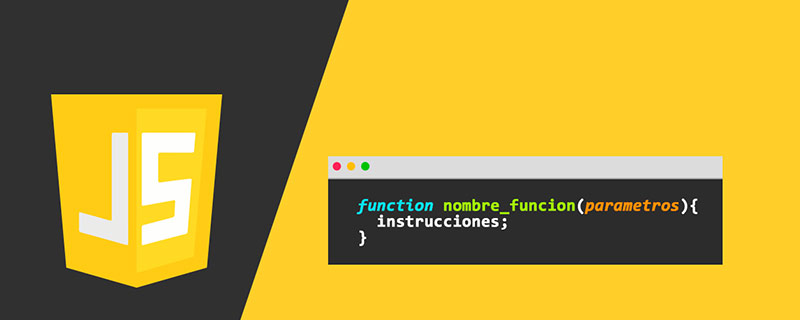 图文详解node.js如何构建web服务器Aug 08, 2022 am 10:27 AM
图文详解node.js如何构建web服务器Aug 08, 2022 am 10:27 AM先介绍node.js的安装,再介绍使用node.js构建一个简单的web服务器,最后通过一个简单的示例,演示网页与服务器之间的数据交互的实现。


Hot AI Tools

Undresser.AI Undress
AI-powered app for creating realistic nude photos

AI Clothes Remover
Online AI tool for removing clothes from photos.

Undress AI Tool
Undress images for free

Clothoff.io
AI clothes remover

AI Hentai Generator
Generate AI Hentai for free.

Hot Article

Hot Tools

Notepad++7.3.1
Easy-to-use and free code editor

Atom editor mac version download
The most popular open source editor

Dreamweaver Mac version
Visual web development tools

Dreamweaver CS6
Visual web development tools

DVWA
Damn Vulnerable Web App (DVWA) is a PHP/MySQL web application that is very vulnerable. Its main goals are to be an aid for security professionals to test their skills and tools in a legal environment, to help web developers better understand the process of securing web applications, and to help teachers/students teach/learn in a classroom environment Web application security. The goal of DVWA is to practice some of the most common web vulnerabilities through a simple and straightforward interface, with varying degrees of difficulty. Please note that this software







